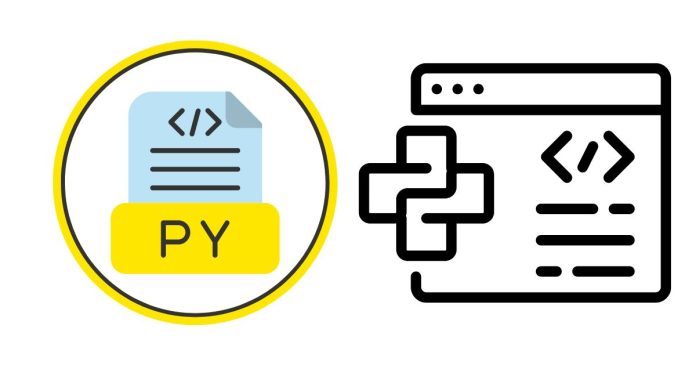JSON (JavaScript Object Notation) is a widely used format for storing and exchanging data. Python provides built-in support for working with JSON through the json module.
Steps to Read a JSON File
1. Import the json Module
The json module provides functions to work with JSON data, including reading and writing.
2. Use open() to Read the File
Use Python’s built-in open() function to open the JSON file in read mode.
3. Parse the JSON Data
Use json.load() to parse the JSON data and convert it into a Python object, typically a dictionary or a list.
Example: Reading a JSON File
Assume a JSON File Named data.json
{
"name": "John Doe",
"age": 30,
"isEmployed": true,
"skills": ["Python", "JavaScript", "SQL"]
}
Python Code to Read and Parse the File
import json
# Open and read the JSON file
with open('data.json', 'r') as file:
data = json.load(file)
# Print the parsed JSON data
print(data)
# Access specific fields
print("Name:", data["name"])
print("Age:", data["age"])
print("Skills:", data["skills"])
Output:
{'name': 'John Doe', 'age': 30, 'isEmployed': True, 'skills': ['Python', 'JavaScript', 'SQL']}
Name: John Doe
Age: 30
Skills: ['Python', 'JavaScript', 'SQL']
Common Scenarios
1. Reading JSON with Nested Data
If the JSON file contains nested objects, you can use dictionary keys to navigate through the structure.
Example JSON:
{
"person": {
"name": "Alice",
"address": {
"city": "New York",
"zip": "10001"
}
}
}
Access Nested Data:
with open('nested_data.json', 'r') as file:
data = json.load(file)
print("City:", data["person"]["address"]["city"])
Output:
City: New York
2. Handling Large JSON Files
For large JSON files, consider reading and processing the data incrementally using streaming libraries like ijson.
3. Error Handling
Always include error handling to manage issues such as invalid JSON or file not found:
try:
with open('data.json', 'r') as file:
data = json.load(file)
print(data)
except FileNotFoundError:
print("The file was not found.")
except json.JSONDecodeError:
print("The file is not a valid JSON.")
Key Notes
- File Path: Ensure the JSON file is in the correct path or provide the full file path.
- Encoding: If the file uses a different encoding (e.g., UTF-16), specify it in the
open()function:with open('data.json', 'r', encoding='utf-16') as file: data = json.load(file) - Working with Strings: If the JSON data is in a string format instead of a file, use
json.loads().
Conclusion
Python’s json module makes it simple to read and work with JSON data. By using json.load(), you can easily parse JSON files into Python objects like dictionaries or lists for further processing.


